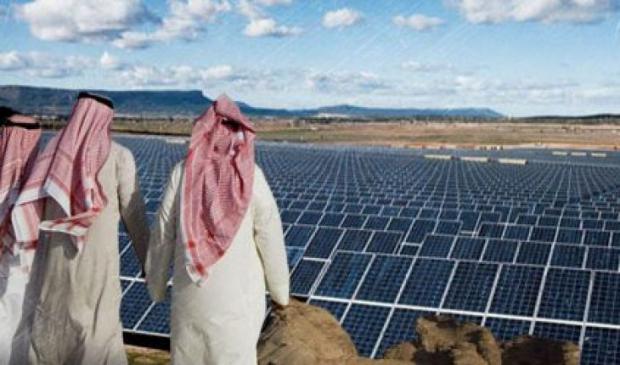
Breaking News
 2 Hours of Retro Sci-Fi Christmas Songs | Atomic-Age Christmas at a Snowy Ski Resort
2 Hours of Retro Sci-Fi Christmas Songs | Atomic-Age Christmas at a Snowy Ski Resort
 Alternative Ways to Buy Farmland
Alternative Ways to Buy Farmland
 LED lights are DEVASTATING our bodies, here's why | Redacted w Clayton Morris
LED lights are DEVASTATING our bodies, here's why | Redacted w Clayton Morris
Top Tech News
 Travel gadget promises to dry and iron your clothes – totally hands-free
Travel gadget promises to dry and iron your clothes – totally hands-free
 Perfect Aircrete, Kitchen Ingredients.
Perfect Aircrete, Kitchen Ingredients.
 Futuristic pixel-raising display lets you feel what's onscreen
Futuristic pixel-raising display lets you feel what's onscreen
 Cutting-Edge Facility Generates Pure Water and Hydrogen Fuel from Seawater for Mere Pennies
Cutting-Edge Facility Generates Pure Water and Hydrogen Fuel from Seawater for Mere Pennies
 This tiny dev board is packed with features for ambitious makers
This tiny dev board is packed with features for ambitious makers
 Scientists Discover Gel to Regrow Tooth Enamel
Scientists Discover Gel to Regrow Tooth Enamel
 Vitamin C and Dandelion Root Killing Cancer Cells -- as Former CDC Director Calls for COVID-19...
Vitamin C and Dandelion Root Killing Cancer Cells -- as Former CDC Director Calls for COVID-19...
 Galactic Brain: US firm plans space-based data centers, power grid to challenge China
Galactic Brain: US firm plans space-based data centers, power grid to challenge China
 A microbial cleanup for glyphosate just earned a patent. Here's why that matters
A microbial cleanup for glyphosate just earned a patent. Here's why that matters
 Japan Breaks Internet Speed Record with 5 Million Times Faster Data Transfer
Japan Breaks Internet Speed Record with 5 Million Times Faster Data Transfer
Saudi has $200 billion deal with Softbank for 200 GW of solar by 2030

China had built 125 GW of solar power by the end of 2017 and had build 48 GW of solar power in 2017. By the end of 2016, total PV capacity had increased to over 77.4 GW. The contribution to the total electric energy production remains modest as the average capacity factor of solar power plants is relatively low at 17% on average. Of the 6143 TWh total electricity produced in China in 2016, 66 TWh was generated by solar power, which is 1.07% of total electricity production.
China spent $86.5 billion on the 48GW of solar.
With current technology, solar panels capable of generating 200 GW would likely cover 5,000 sq km. Solar power in Saudi Arabia should have a higher capacity factor of about 21%.
With a capacity factor of 21%.
Total Annual Output = 300MW times Capacity Factor 21% times 24 hours in a day times 365 days in a year equals 551,880,000 kWh/year. Moving from 21% capacity factor to 22% means an extra $470k/year.

 $100 SILVER CONFIRMED?
$100 SILVER CONFIRMED?

